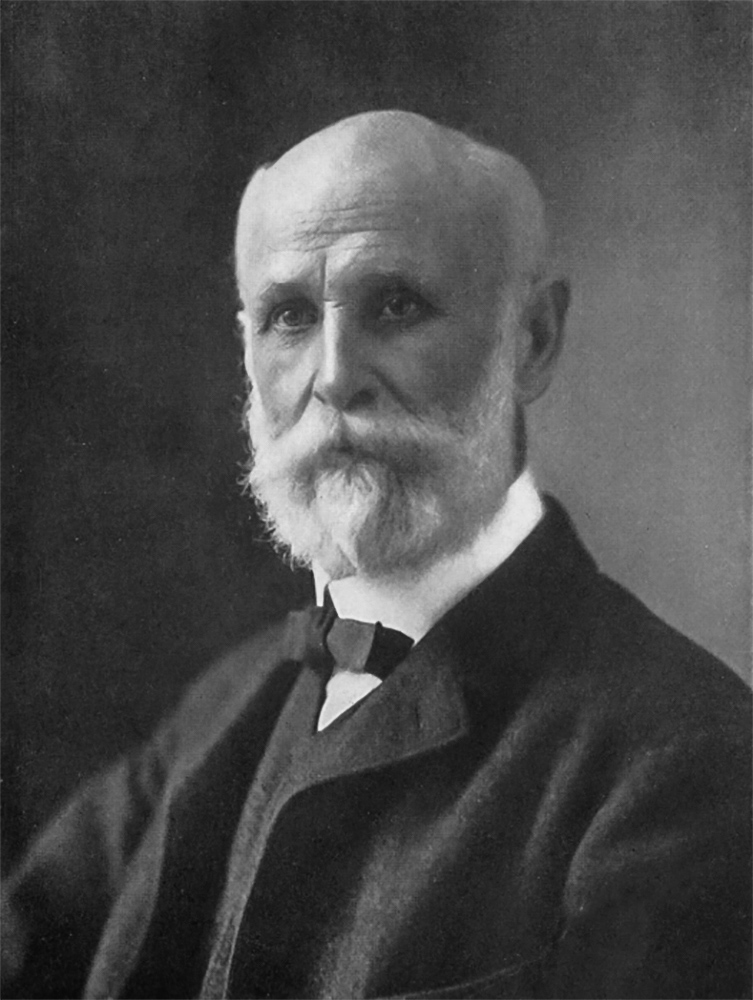 Did you know that the father of modern dentistry is from Illinois? Visitors to Lincoln Park in Chicago may have noticed a statute of a mustached man sitting seriously, overlooking the walking path. The statue, designed in 1918, honors Greene Vardiman Black, the father of modern dentistry and first dean of Northwestern University’s dental school. More than 1,500 members of the National Dental Association attended the dedication of the monument at its unveiling in 1918.
Did you know that the father of modern dentistry is from Illinois? Visitors to Lincoln Park in Chicago may have noticed a statute of a mustached man sitting seriously, overlooking the walking path. The statue, designed in 1918, honors Greene Vardiman Black, the father of modern dentistry and first dean of Northwestern University’s dental school. More than 1,500 members of the National Dental Association attended the dedication of the monument at its unveiling in 1918.
Greene Vardiman Black (1836–1915), grew up on a farm near Winchester, Ill. He studied under an older dentist, Dr. J.C. Spear in the late 1850s, a time when the science of dentistry was extremely rudimentary. By the age of 17, Black began studying medicine with the help of his brother, Dr. Thomas G. Black. In 1857, he met Dr. J.C. Speer, who taught him the practice of dentistry. After the Civil War, in which he served as a union scout, he relocated to Jacksonville. It was here that he began an active career and conducted research in the developing field of dentistry. He studied dentistry for 20 months as was common at the time, followed by an apprenticeship. He taught in the dental department at the University of Iowa before moving to Chicago in the 1890s. In the period after the Civil War, Black made many important contributions to the profession of dentistry. These include inventing the dental drill, using nitrous oxide for extracting teeth without causing pain, and developing the method for filling cavities, which is still used today. The phrase, "extension for prevention," is still famous in the dental community today and represents Black's idea that dentists should incorporate more grooves and pits than those currently exhibiting decay as a preventive measure against those grooves and pits developing tooth decay in the future, although today ideas have changed and focus much more on minimal intervention. Black published his concepts and ideals in his text called “Manual of Operative Dentistry” in 1896. Further, he organized “Black's Classification of Caries Lesions” which is still in use today. Since that time, only one more category has been added to his classification system. When you go to your dentist’s appointment, you can thank Greene Vardiman Black for most of the procedures that you experience!





